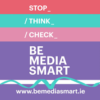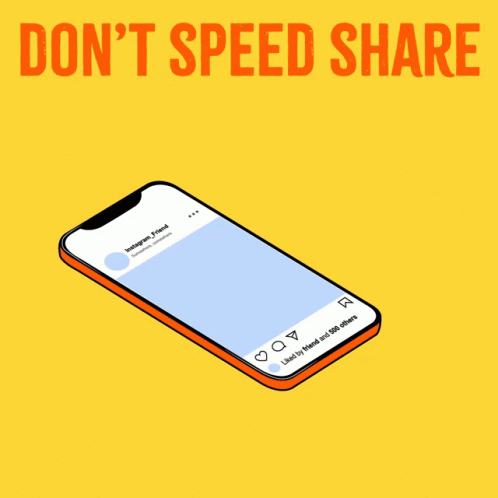Earlier when I use to read or browse information on a daily basis, I never thought about False news or disinformation. I usually browse on google and use it to open multiple sites and read about it. However, now after reading this week’s article and after having a good discussion about it; I realized its too important to read from a reliable source and also to cross-check the information before going to any decision or passing that information to others through other digital pathways. Now, whenever I am using Twitter and TikTok as my personal social media; I try to get the exact source before making the retweets and before sharing TikTok videos to my friends and family. While learning more about Fake News or misinformation, I came across well explained animated video telling about what actually is Fake new and some tips to check about the information.
According to Martina Chapman (Media Literacy Expert), there are three elements to fake news; ‘Mistrust, misinformation and manipulation’.
Teaching our students about fake news goes hand-in-hand with taking a critical look at the role of social media. Social media plays a major role in the spread of fake news by fueling the sharing of fake news— often without people realizing they are becoming part of the problem. As mentioned in Article, shared by Holly; using games to learn about the topic. Also, Common Sense Education shares great lesson plans for grades 9-12 to the idea of Fake News, learn why fake news is an important issue, and learn strategies to identify and avoid sharing Fake News.
Useful Resources:

Be Media Smart – www.bemediasmart.ie #StopThinkCheck
Developed by Media Literacy Ireland, Be Media Smart offers useful tips and guidance on how to tell the difference between reliable and accurate information and deliberately false or misleading information.

Media Literacy Ireland – www. medialiteracyireland.ie
Facilitated by the Broadcasting Authority of Ireland, MLI is a network of volunteer members coming from a large number of sectors, organizations, and interests, working together to empower people to make informed media choices about the media content and services that they consume, create, and disseminate across all platforms. The MLI offers useful media literacy resources, research, and news.
For checking facts, I am now using the following sites:
Snopes: snopes.com/
PolitiFact: politifact.com
Fact Check: factcheck.org/
BBC Reality Check: bbc.com/news/reality-check
Channel 4 Fact Check: channel4.com/news/factcheck
Reverse image search from Google: google.com/reverse-image-search

Hi Gunpreesh, thanks for sharing such a thorough blog post. The references you shared will be helpful to me as an educator and student. The more I learn about the influence of social media I’m realizing I need to fact-check the sources and articles I entertain. When I began using Twitter I had a personal account and a classroom teaching account. I try and keep them separate, although it’s is difficult and at times I question if it is necessary. Thanks for sharing your insight and take care!
Social media has such an influence on what is seen as real news that is almost scary to think about the information we are being provided and being taken as true. I like the references you shared and I will be sure to check out a few of them that I haven’t yet already from Alec. I have been learning that TikTok has been providing some very interesting information about what is happening around the world but I just do not know if I believe any of it to be creditable; although many people do. It is just getting difficult to figure it out but using those fact checkers will be helpful for sure!
Thanks for sharing such an informative video. I think this video covers every thing related to fake news. How do you guide kids to cross-check the fact or any news on social media? Are they able to spot the difference between real/fake news?
Professionally, I have not experienced spotting fake/ real news with students in school. However, as mentioned in the post; Common sense Education provides great lesson plans, showing videos and having quizzes with students for checking about fake news or misinformation.
Thanks for including some resources to fact-check information. I too think that social media plays a big role in what we perceive as truth and what is actually the truth. I think it is easy to follow along someone else’s journey and think that they are telling factual information, when in fact they are sharing opinions that haven’t been well researched, thought out, or even practiced in the real world. We get consumed by trying to fit in and be like people we see that we look up to, that we don’t even know in real life. It makes deciphering real from fake in today’s world even that much more difficult.